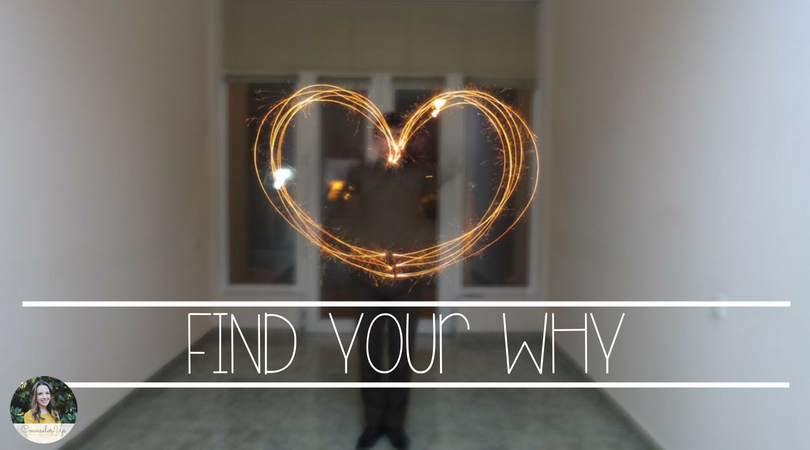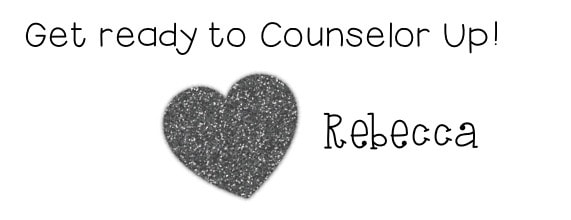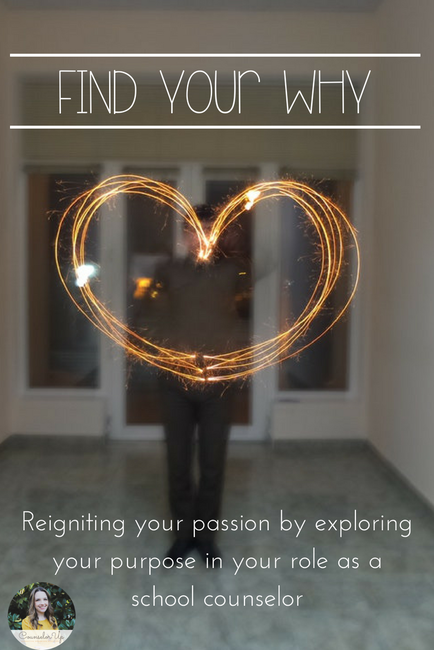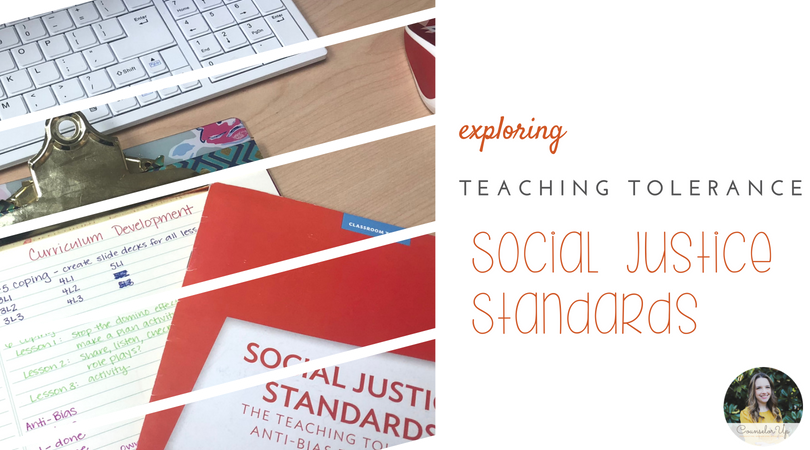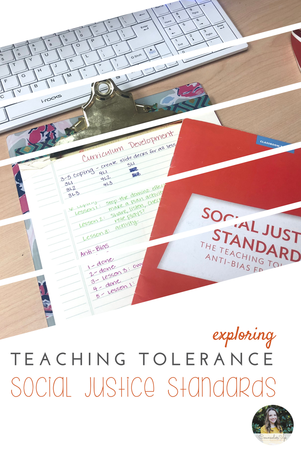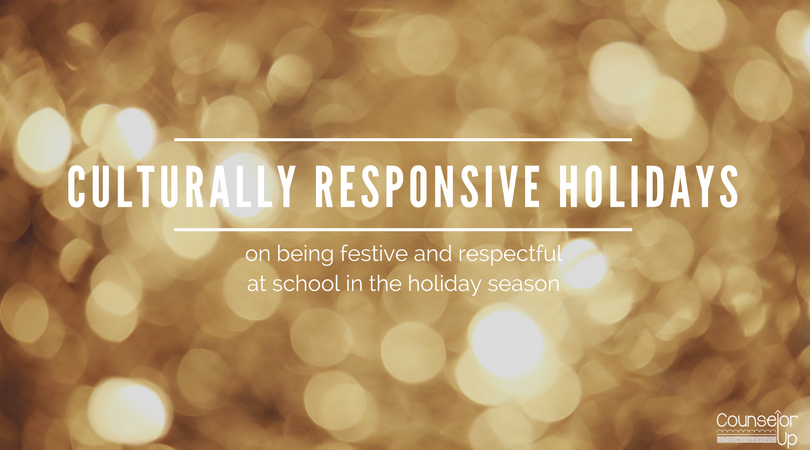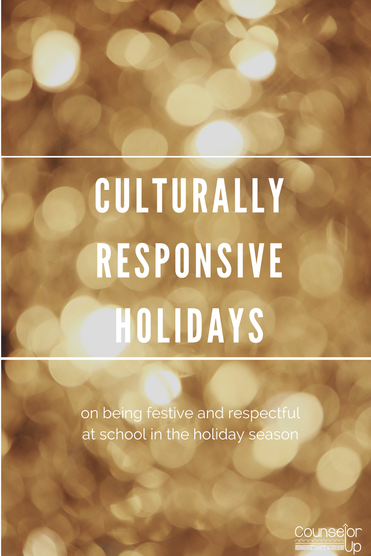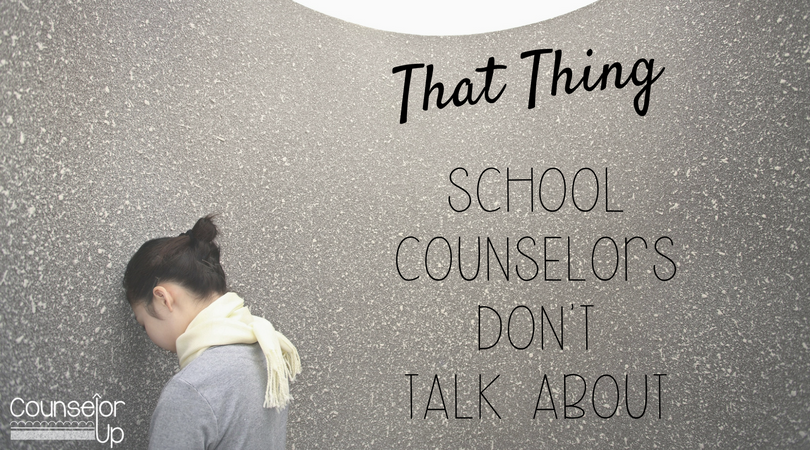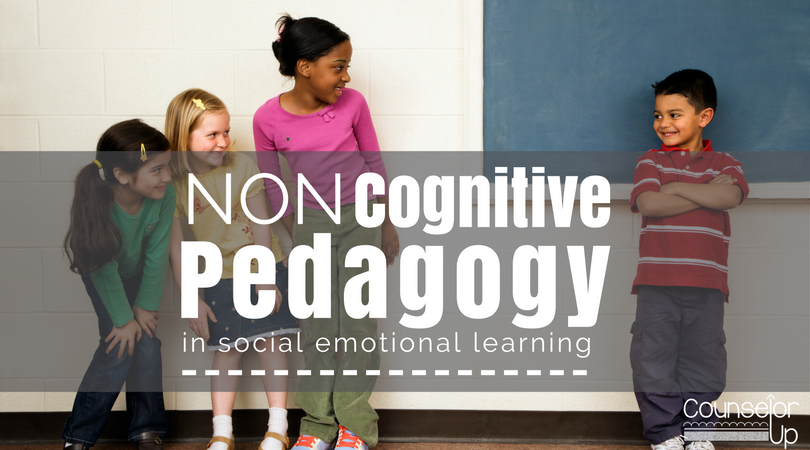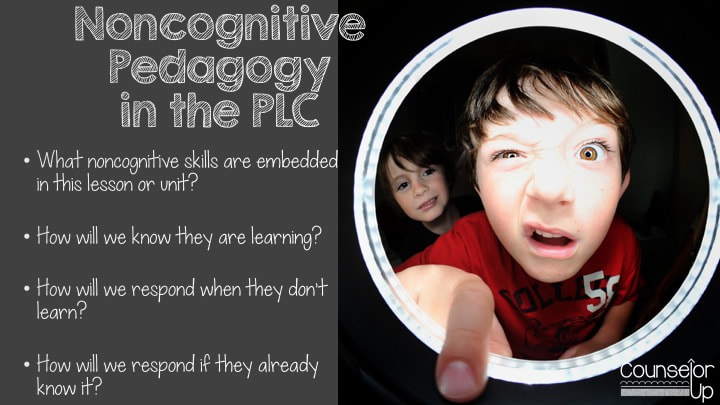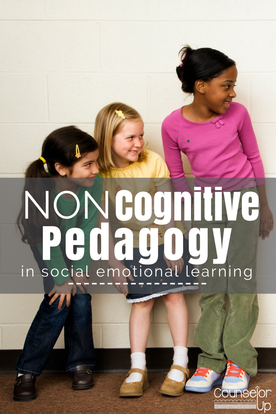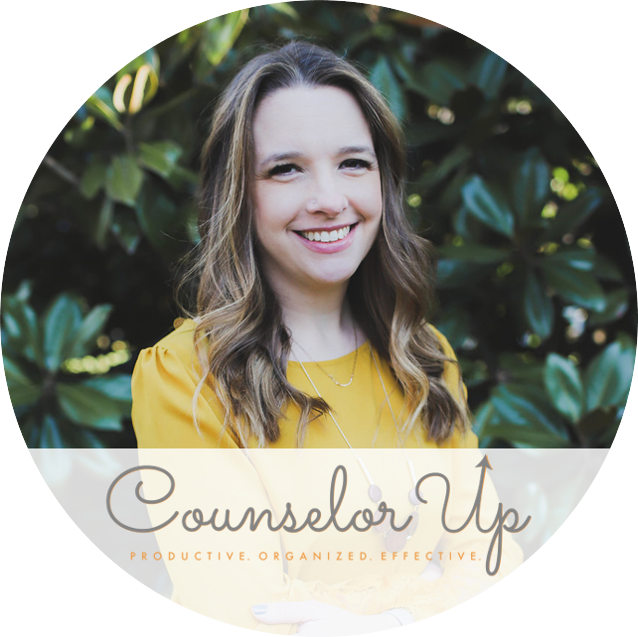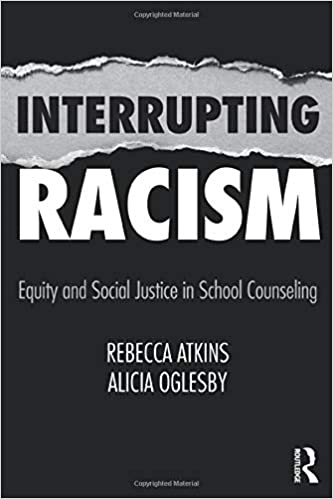Why did you become a school counselor? Most people will say it's for the kids. I'm right there with ya but I say to that, why? What about the kids drives you to wake up every morning to come to work in a super hard job that has some serious pitfalls?
You probably (hopefully) say you love your job. What makes you love it? What makes you strive to better your practice for kids? Recently, I had the opportunity to be a guest on the Cutting Edge Conversation podcast. We talked about the book I was currently reading, my love for Dr. Pepper, and how I finally jumped on the apple cider vinegar bandwagon. In the middle of the conversation, something happened. I remembered my why. I think you can even hear it in my voice.
But this post isn't about my why. This post is about your why. If you've lost yours, or never had it, I recommend this TED talk as a place to get started. It's titled "Why Great Leaders Inspire Action." As we know, counselors are leaders within your building. If you want to change outcomes for students, we can't just work with students, we must also work with the adults who guide the students' days.
So unless you know your why, it might be hard to inspire others to change. Here are some sentence starters that might help you:
- I decided to be a school counselor because ____________________________________.
- I wanted to (insert answer from above) so that kids could __________________________.
- I think this is important for the world because _________________________________.
Then, make a list of all the things you get to do at work everyday that fulfill your why. If you've been struggling to find the time to be a school counselor because of all the other responsibilities heaped upon you, think about how you can find your why even in lunch duty, test administration, volunteer coordination, or the other random things on your plate. Find your why each and every day and don't give up on it.
Now, go write that why down and post it somewhere. Remind yourself of your why every day, even when you feel you may have forgotten. Especially when.
I would love for you to comment below with your answers to the sentence starters above. Who knows, you might inspire someone else's why.

